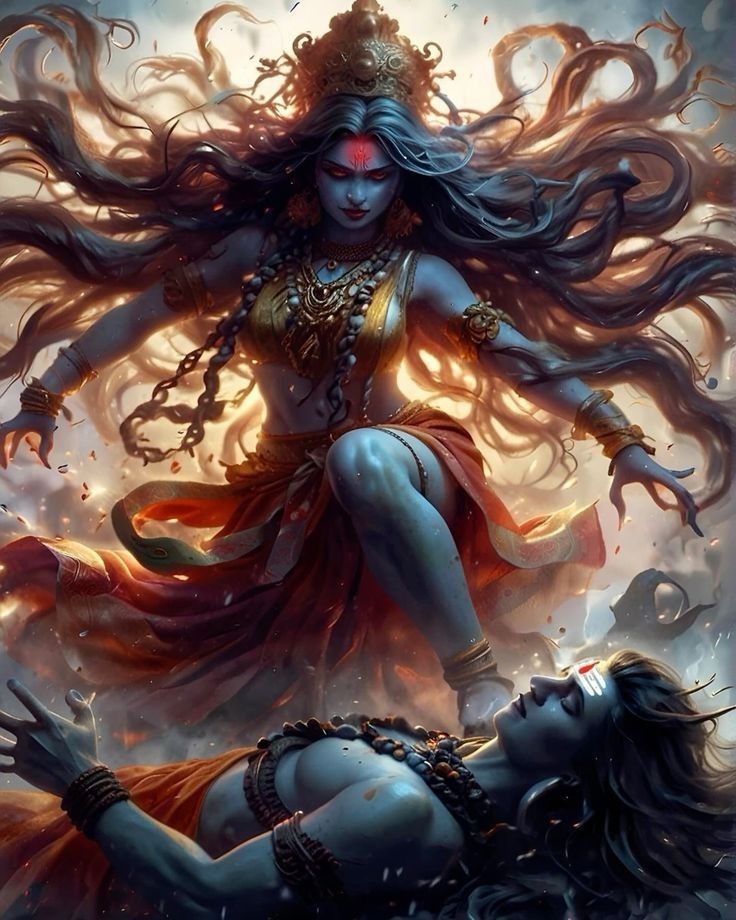
Kali Puja: A Reverence to the Goddess of Power in India
- utsavhub.com
- 30 September 2024
- By Religion, Festival Details, Hinduism
- 0 Comments
Kali Puja is one of the major festivals celebrated in Eastern India, particularly in West Bengal, Odisha, Assam, and parts of Bihar. It coincides with Diwali, but instead of focusing on Lakshmi, the goddess of wealth, devotees worship Goddess Kali in India, a fierce incarnation of Goddess Durga, symbolizing the destruction of evil forces.
Historical Significance:
Kali is regarded as the goddess of time, creation, destruction, and power. Kali Puja was popularized by the famous saint Ramakrishna Paramahamsa in Bengal, who revered her as the universal mother. The festival reflects the triumph of good over evil, as Kali is seen as the force that eradicates ignorance, sin, and evil.
Rituals and Practices:
- Midnight Worship: Unlike most Hindu deities, who are worshipped during the day, Kali is worshipped at night. Temples and homes are decorated with lamps, and devotees offer flowers, sweets, rice, and animal sacrifices (in some traditional practices, symbolic sacrifices like vegetables or pumpkins are used).
- Tantric Influence: Kali Puja is often associated with Tantric practices, as she is believed to bestow siddhis (spiritual powers) to her devotees. Devotees chant mantras and conduct rituals to seek protection and spiritual growth.
- Offering Bhog: Devotees offer bhog, including rice, lentils, sweets, and red hibiscus flowers, believed to be the goddess’s favorite.
- Pandals and Idol Processions: In many places, grand Kali idols are installed in elaborately designed pandals (temporary stages), and the festival is celebrated with cultural performances, music, and dance. After worship, these idols are taken for immersion in nearby rivers or water bodies.
Kali Puja vs. Diwali:
While Diwali is celebrated with the worship of Goddess Lakshmi in other parts of India, in states like West Bengal and Odisha, Kali Puja takes precedence. Both festivals share the same day, symbolizing the spiritual light overcoming darkness, but with different focal deities.
Eco-Friendly Celebrations:
In modern times, there is a growing emphasis on eco-friendly idols and sustainable celebrations, using non-toxic materials for idol making and promoting awareness about reducing noise and environmental pollution during Kali Puja.
Major Kali Puja Locations:
Some of the most significant Kali Puja celebrations happen at:
- Kalighat Temple and Dakshineswar Kali Temple in Kolkata
- Tara Tarini Temple in Odisha
- Kamakhya Temple in Assam
Global Celebrations:
Though Kali Puja has its roots in Eastern India, the festival is also observed by the Bengali diaspora across the globe, including in the United States, the United Kingdom, and Canada, often with grand community gatherings and cultural events.
To know more click here:- https://utsavhub.com/

